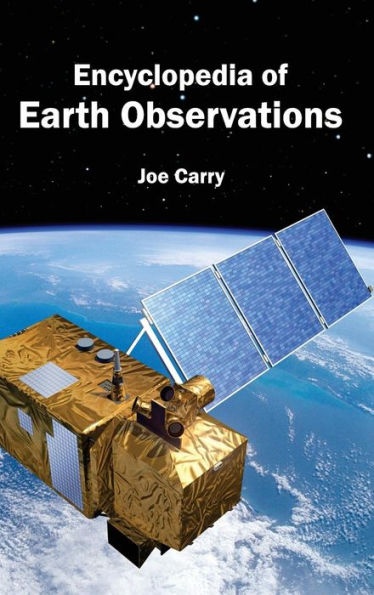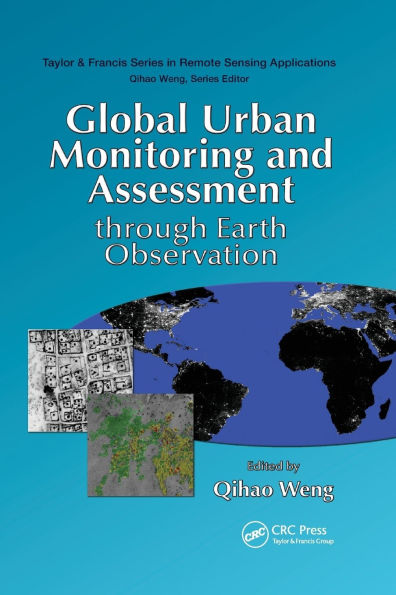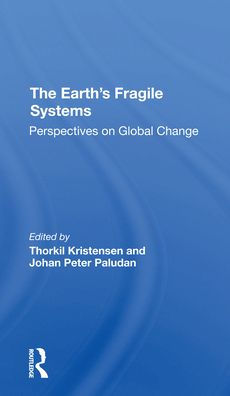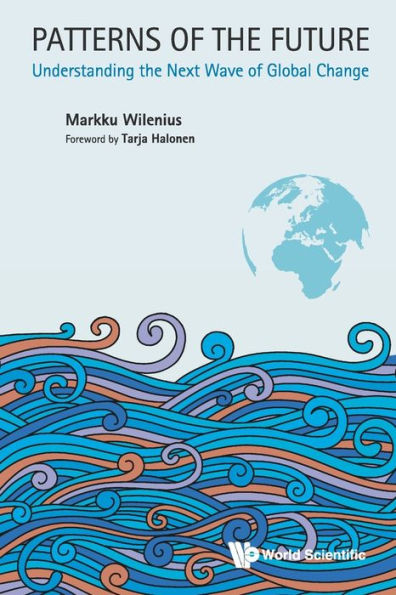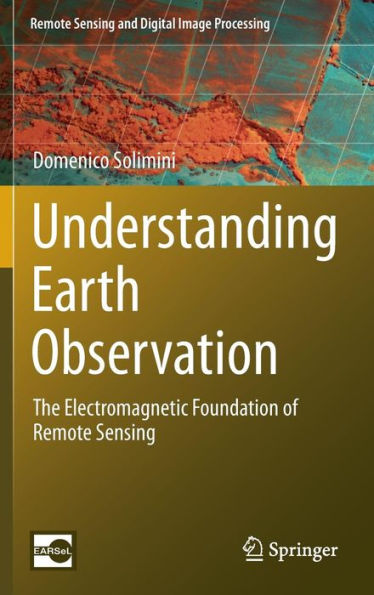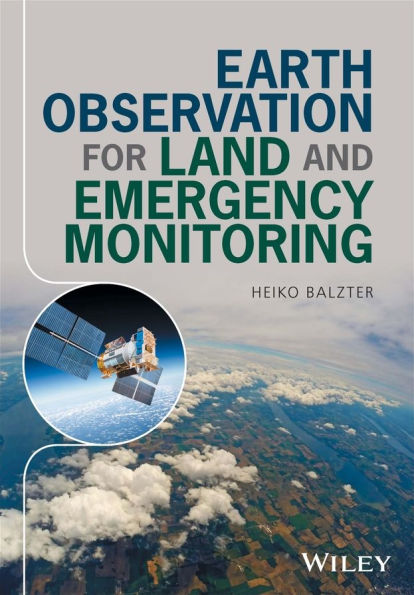Home
Earth Observations and Global Change: Why? Where Are We? What Next?
Barnes and Noble
Earth Observations and Global Change: Why? Where Are We? What Next?
Current price: $52.00
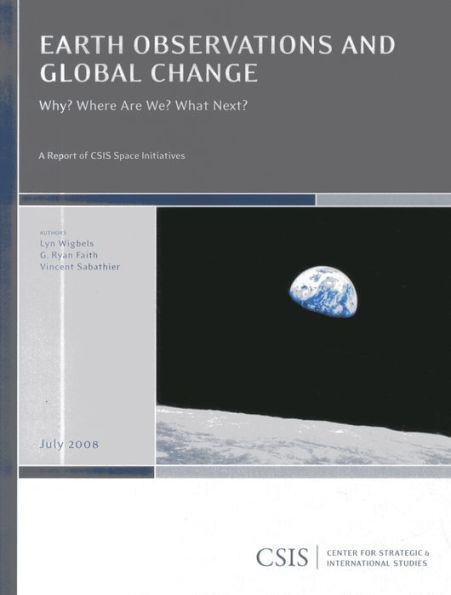

Barnes and Noble
Earth Observations and Global Change: Why? Where Are We? What Next?
Current price: $52.00
Size: OS
Loading Inventory...
*Product information may vary - to confirm product availability, pricing, shipping and return information please contact Barnes and Noble
Is it possible to predict or alleviate the impacts of natural and manmade disasters? From the recent earthquake in China to the cyclone in Myanmar to the rapid changes in our climate to the ongoing violence in Darfur, environmental and national security events are occurring around the globe. Will we be able to understand and take actions to minimize the impact of changing climate and associated weather events on the health of human populationsfrom addressing rising sea levels to the accelerated spread of disease? Will we be able to balance the need for a wider array of alternative energy sources with respect to surging energy prices, simultaneously managing the implementation of carbon emission agreements?
These questions, and many others, demonstrate the complex management challenges presented by global change. In order for decision-makers to address these challenges, they must have reliable, continuous long-term data about our planet and environment. Earth observationsincluding sensors in space, on land, in the air, and at sea, as well as associated data management and dissemination systems, Earth system models, and decision support toolsprovide the infrastructure to deliver the data needed to understand ongoing global changes. These are all part of the vast effort involved in understanding and managing the significant part of the U.S. economy sensitive to weather in the short term, let alone the evolving risks associated with longer-term global change.
Recognizing that Earth observations are an important policy priority in the coming years, CSIS initiated an Earth Observations and Global Change project in October 2007. The project began a dialogue among thegovernment, private-sector, and science communities to examine the role and value of Earth observations, assess the current state of the Earth observation system, and identify the gap between requirements and current and planned Earth observation capabilities. To this end, CSIS convened a series of meetings to frame the issues associated with the current and next generation Earth observation system and explore national and international strategies to address these issues in order for the United States and the world to continue to benefit from this global public good. This report presents the project's analysis and makes specific policy recommendations for the near- and longer-term future.
These questions, and many others, demonstrate the complex management challenges presented by global change. In order for decision-makers to address these challenges, they must have reliable, continuous long-term data about our planet and environment. Earth observationsincluding sensors in space, on land, in the air, and at sea, as well as associated data management and dissemination systems, Earth system models, and decision support toolsprovide the infrastructure to deliver the data needed to understand ongoing global changes. These are all part of the vast effort involved in understanding and managing the significant part of the U.S. economy sensitive to weather in the short term, let alone the evolving risks associated with longer-term global change.
Recognizing that Earth observations are an important policy priority in the coming years, CSIS initiated an Earth Observations and Global Change project in October 2007. The project began a dialogue among thegovernment, private-sector, and science communities to examine the role and value of Earth observations, assess the current state of the Earth observation system, and identify the gap between requirements and current and planned Earth observation capabilities. To this end, CSIS convened a series of meetings to frame the issues associated with the current and next generation Earth observation system and explore national and international strategies to address these issues in order for the United States and the world to continue to benefit from this global public good. This report presents the project's analysis and makes specific policy recommendations for the near- and longer-term future.
